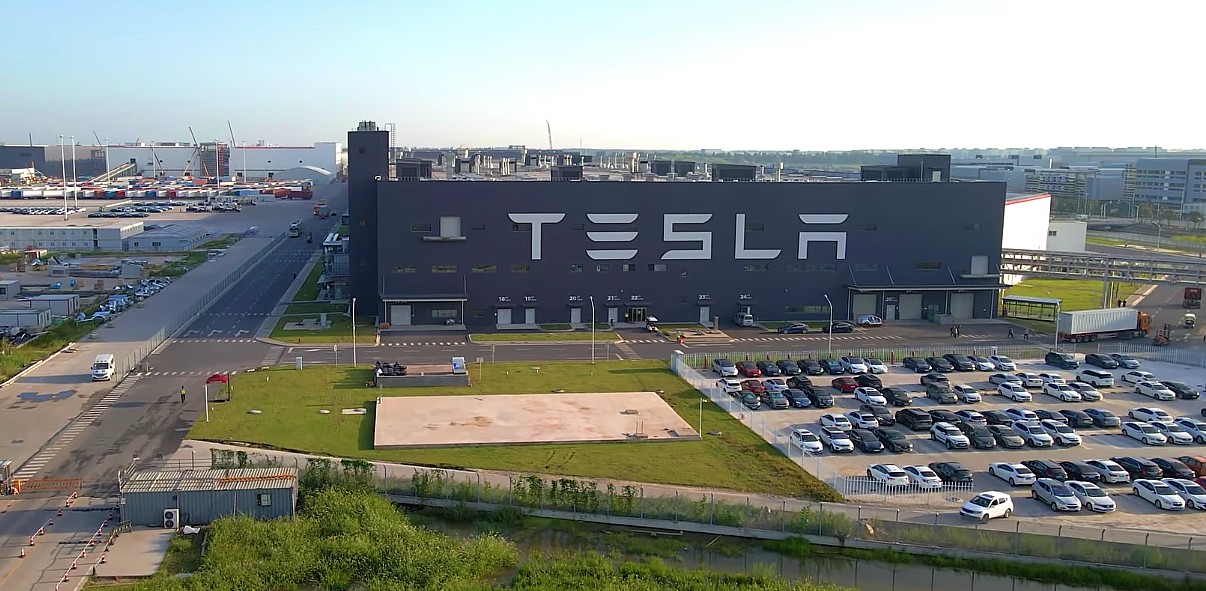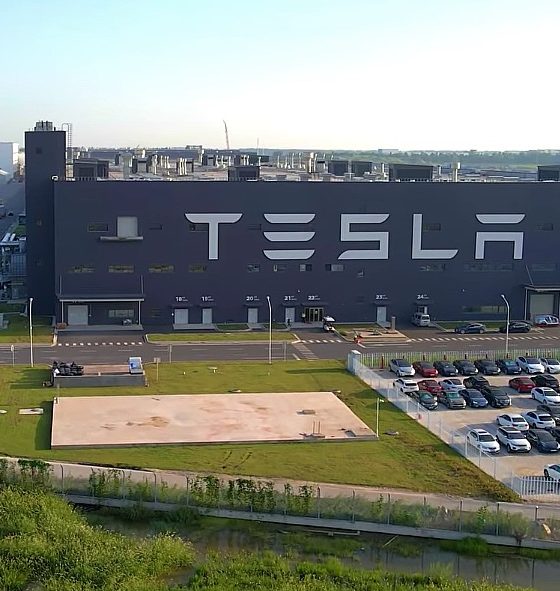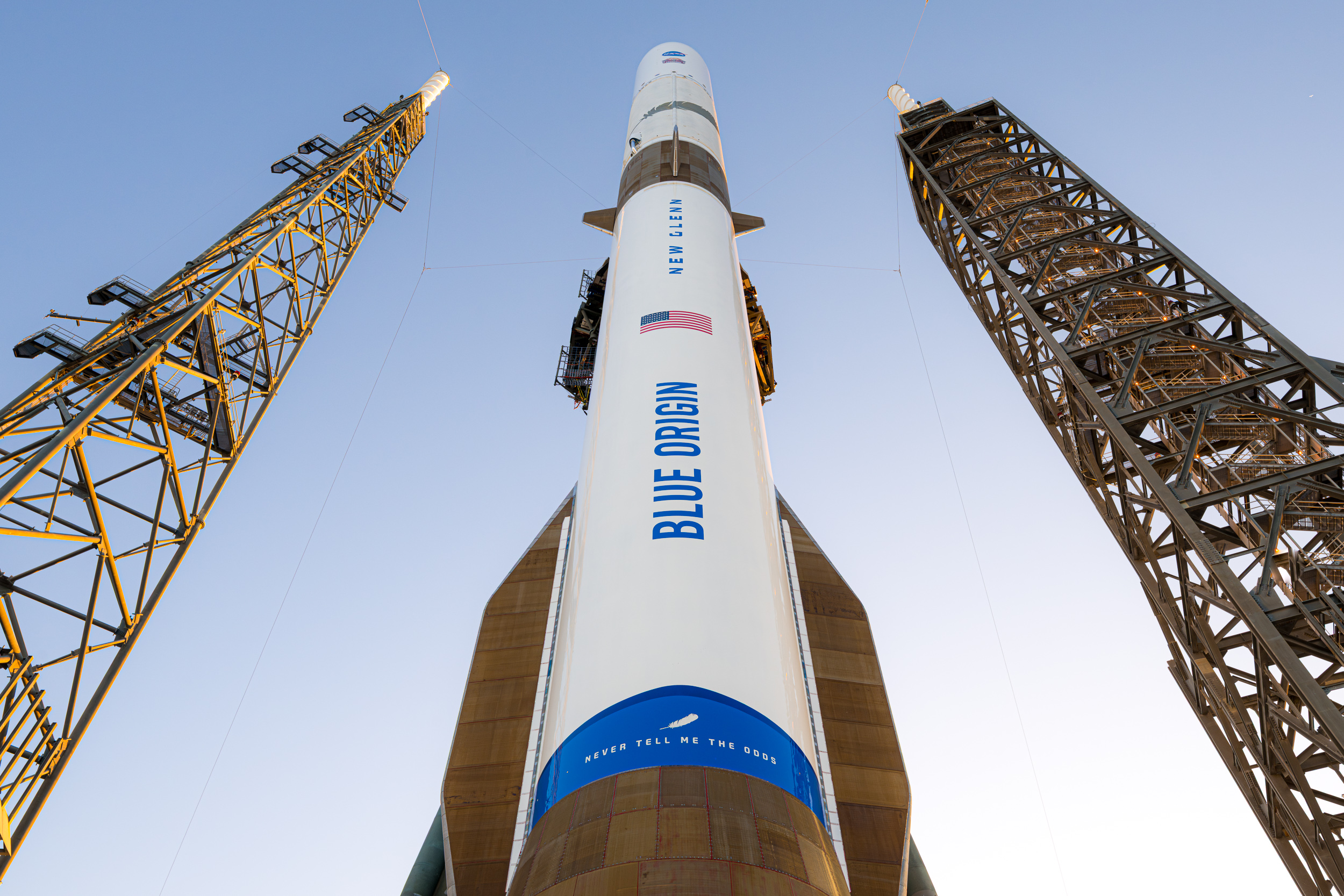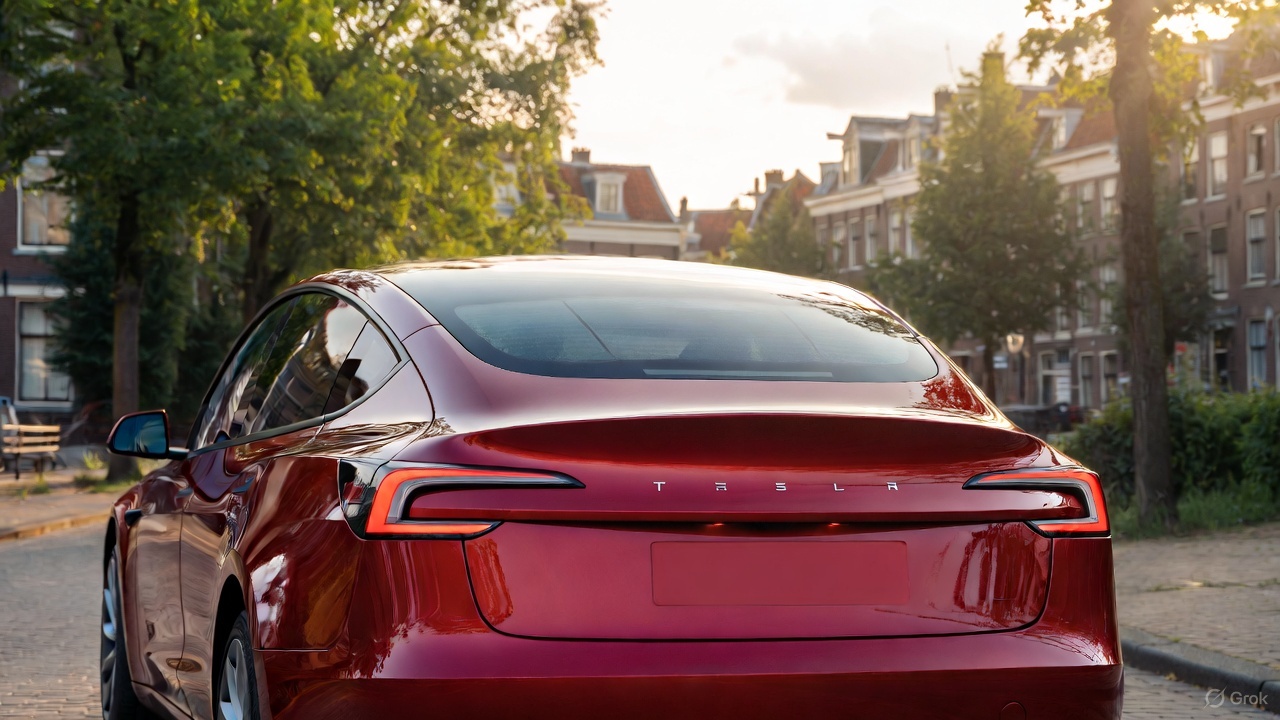

News
Tesla to utilize Gigafactory Shanghai to export cars to Asia and Europe: report
It appears that Tesla is making the necessary preparations to optimize the use of Gigafactory Shanghai, with recent reports stating that the electric car maker will be using the facility to produce vehicles that will be exported to other Asian territories and Europe. Mass-production of vehicles intended for export will reportedly begin in the fourth quarter of 2020 or early 2021.
The update, which was posted by Bloomberg News, was reportedly shared by individuals familiar with the matter. While the news agency’s sources opted to remain anonymous, they did state that Tesla is looking to ship vehicles produced in Gigafactory Shanghai to locations such as Singapore, Australia, New Zealand, and Europe. Incidentally, these areas are currently experiencing long delivery times due to the cars being shipped from the United States.
Tesla and executives such as Elon Musk have been quite silent about which locations will be covered by Gigafactory Shanghai, though exporting vehicles from China to nearby countries makes perfect sense. Elon Musk, for his part, has noted in the past that shipping vehicles from the United States is one of the reasons behind Tesla’s delivery delays in areas such as Europe. Such issues became quite notable during the Model 3 ramp, which saw delays.
Tesla, China for its part, has declined to comment on the news.
Interestingly enough, Tesla China appears to have been preparing for its exporting operations for some time now. When the facility started its trial production runs of the Model 3, for one, Tesla made it a point to highlight the build quality of its locally-produced vehicles. This was accompanied by images of first-production cars with panel gaps that were, ironically enough, generally more refined than some of the vehicles produced in the Fremont plant.
If Bloomberg’s sources prove accurate, Tesla would be able to start saturating several Asian markets with the Model Y just as the company is hitting its stride with the all-electric crossover’s production in the United States. This bodes well for Tesla, especially considering that crossovers are particularly popular not just in China, but in other key Asian and European markets as well.
For now, Tesla produces most of its vehicles from its Fremont Factory in the United States, but projects are underway to improve this. Gigafactory Shanghai is on the eve of producing the Model Y and Giga Berlin is expected to start producing the all-electric crossover by the middle of next year. Gigafactory Texas, which is expected to produce the Cybertruck and the Semi, is reportedly looking to start initial operations as early as May 2021.

Elon Musk
Elon Musk and James Cameron find middle ground in space and AI despite political differences
Musk responded with some positive words for the director on X.

Avatar director James Cameron has stated that he can still agree with Elon Musk on space exploration and AI safety despite their stark political differences.
In an interview with Puck’s The Town podcast, the liberal director praised Musk’s SpaceX achievements and said higher priorities must unite them, such as space travel and artificial intelligence. Musk responded with some positive words for the director on X.
A longtime mutual respect
Cameron and Musk have bonded over technology for years. As far back as 2011, Cameron told NBC News that “Elon is making very strong strides. I think he’s the likeliest person to step into the shoes of the shuttle program and actually provide human access to low Earth orbit. So… go, Elon.” Cameron was right, as SpaceX would go on to become the dominant force in spaceflight over the years.
Even after Musk’s embrace of conservative politics and his roles as senior advisor and former DOGE head, Cameron refused to cancel his relationship with the CEO. “I can separate a person and their politics from the things that they want to accomplish if they’re aligned with what I think are good goals,” Cameron said. Musk appreciated the director’s comments, stating that “Jim understands physics, which is rare in Hollywood.”
Shared AI warnings
Both men have stated that artificial intelligence could be an existential threat to humanity, though Musk has noted that Tesla’s products such as Optimus could usher in an era of sustainable abundance. Musk recently predicted that money and jobs could become irrelevant with advancing AI, while Cameron warned of a deeper crisis, as noted in a Fox News report.
“Because the overall risk of AI in general… is that we lose purpose as people. We lose jobs. We lose a sense of, ‘Well, what are we here for?’” Cameron said. “We are these flawed biological machines, and a computer can be theoretically more precise, more correct, faster, all of those things. And that’s going to be a threshold existential issue.”
He concluded: “I just think it’s important for us as a human civilization to prioritize. We’ve got to make this Earth our spaceship. That’s really what we need to be thinking.”
News
Blue Origin announces Super-Heavy New Glenn 9×4 to Rival SpaceX Starship
The announcement followed the company’s successful NG-2 launch on November 13.

Blue Origin has revealed plans to develop New Glenn 9×4, a “super heavy” rocket designed to deliver 70 metric tons to low-Earth orbit and directly compete with SpaceX’s Starship.
The announcement followed the company’s successful NG-2 launch on November 13, which deployed NASA’s ESCAPADE (Escape and Plasma Acceleration Dynamics Explorers) Mars mission and landed the first stage.
Upgraded engines and reusability
As noted in a Universe Today report, Blue Origin will roll out upgraded BE-4 engines producing 640,000 lbf each, up from 550,000 lbf, starting with NG-3. This should boost the New Glenn rocket’s total first-stage thrust to 4.5 million pounds. Upper-stage BE-3U engines are expected to improve from 320,000 lbf to 400,000 lbf over the next few flights as well.
“These enhancements will immediately benefit customers already manifested on New Glenn to fly to destinations including low-Earth orbit, the Moon, and beyond. Additional vehicle upgrades include a reusable fairing to support increased flight rates, an updated lower-cost tank design, and a higher-performing and reusable thermal protection system to improve turnaround time,” Blue Origin noted.
New Glenn “Super Heavy” 9×4
The super-heavy New Glenn 9×4, with nine BE-4s on the booster, four BE-3Us on the upper stage, will feature an 8.7-meter payload fairing. Blue Origin expects New Glenn 9×4 to be capable of transporting 70 metric tons to LEO, 14 tons to GSO, and 20 tons to trans-lunar injection, as noted by the company in a blog post. This is very impressive, as New Glenn 9×4’s capacity exceeds Falcon Heavy, SpaceX’s largest rocket available to consumers today. Falcon Heavy is capable of carrying up to 64 metric tons to low Earth orbit in a fully expendable configuration.
That being said, SpaceX’s Starship’s capacity is extremely impressive. As per SpaceX, Starship is designed to be capable of carrying up to 100-150 metric tonnes to orbit in its fully reusable configuration. At its expendable configuration, Starship’s capacity enters unheard-of territory, with SpaceX stating that the vehicle could transport 250 metric tonnes of cargo.
News
Tesla FSD approved for testing in Nacka, Sweden, though municipality note reveals aggravating detail
Nacka, Sweden, a municipality just a few miles from Stockholm, has given its approval for FSD tests.

Tesla has secured approval for FSD testing in an urban environment in Sweden. As per recent reports from the Tesla community, Nacka, Sweden, a municipality just a few miles from Stockholm, has given its approval for FSD tests.
A look at the municipality’s note regarding FSD’s approval, however, reveals something quite aggravating.
FSD testing approval secured
As per Tesla watcher and longtime shareholder Alexander Kristensen, Nacka is governed by the Moderate Party. The shareholder also shared the municipality’s protocol notes regarding approval for FSD’s tests.
“It is good that Nacka can be a place for test-driving self-driving cars. This is future technology that can both facilitate mobility and make transportation cheaper and more environmentally friendly,” the note read.
The update was received positively by the Tesla community on social media, as it suggests that the electric vehicle maker is making some legitimate headway in releasing FSD into the region. Sweden has been particularly challenging as well, so securing approval in Nacka is a notable milestone for the company’s efforts.
Aggravating details
A look at the notes from Nacka shows that FSD’s proposed tests still met some opposition from some officials. But while some critics might typically point to safety issues as their reasons for rejecting FSD, those who opposed the system in Nacka openly cited Tesla’s conflict with trade union IF Metall in their arguments. Fortunately, Nacka officials ultimately decided in Tesla’s favor as the company’s issues with the country’s unions are a completely different matter.
“The left-wing opposition (S, Nackalistan, MP and V) voted no to this, referring to the fact that the applicant company Tesla is involved in a labor market conflict and does not want to sign a collective agreement. We believe that this is not an acceptable reason for the municipality to use its authority to interfere in a labor law conflict.
“Signing a collective agreement is not an obligation, and the company has not committed any crime. The municipality should contribute to technological development and progress, not work against the future,” the note read.









